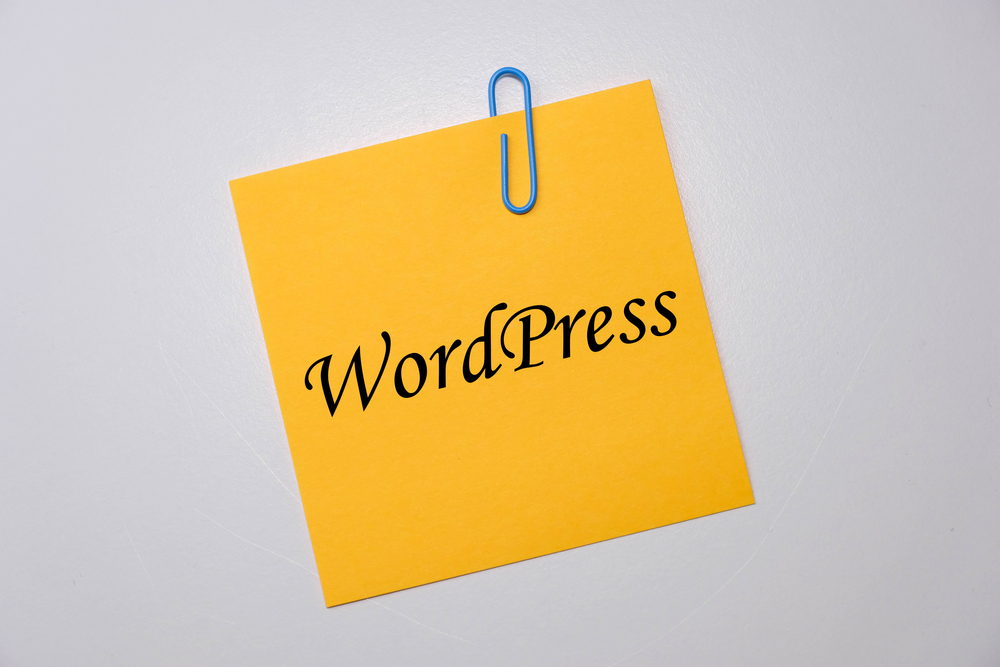
Unlocking the Full Potential: Essential Tips for Customizing and Maintaining Your WordPress Website

WordPress is the leading content management system (CMS) that powers millions of websites worldwide. Known for its user-friendly interface and robust features, WordPress offers endless possibilities for customization and maintenance. Whether you're a beginner or an experienced user, there are several essential tips you can follow to unlock the full potential of your WordPress website. In this article, we'll explore some of these tips to help you take your website to the next level.
1. Choose the Right Theme
One of the first steps in customizing your WordPress website is selecting the right theme. A theme determines the overall look and feel of your website, so it's essential to choose one that aligns with your brand and goals. WordPress (the blogging platform) offers a vast collection of both free and premium themes, allowing you to find the perfect fit for your website.
When choosing a theme, consider the following:
- Responsive design: Ensure the theme is mobile-friendly and displays well on all devices.
- Customization options: Look for themes that offer a range of customization options, such as color schemes, font styles, and layout variations.
- Reviews and ratings: Read reviews and ratings from other users to gain insight into the theme's performance and support.
2. Customize Your Website's Appearance
Once you've selected a theme, it's time to customize your website's appearance. WordPress (or WP) provides a built-in theme customizer that allows you to make changes and preview them in real-time.
Some customization options you may want to consider:
- Logo and branding: Upload your logo and customize the colors to match your branding.
- Header and footer: Customize the header and footer sections to include your preferred content and navigation.
- Menus and widgets: Rearrange menus and widgets to improve the user experience and make navigation intuitive.
3. Install Essential Plugins
Plugins are like apps for your WordPress (the platform for bloggers) website, allowing you to extend its functionality and add new features. There are thousands of plugins available, both free and premium, catering to various needs and requirements.
Some essential plugins that can enhance your WordPress (WP) website include:
- Yoast SEO: Improve your website's visibility in search engines and optimize your content for better rankings.
- W3 Total Cache: Boost your website's performance by caching and optimizing various elements.
- Jetpack: Enable security features, performance optimization, and social sharing options.
Before installing any plugins, make sure to read reviews, check compatibility with your WordPress version, and keep them updated to ensure optimal performance and security.
4. Regularly Update Your WordPress Core and Plugins
Keeping your WordPress core and plugins updated is crucial for maintaining a secure and optimized website. WordPress releases regular updates that address security vulnerabilities, bug fixes, and introduce new features.
To update your WordPress core:
For plugin updates:
Regular updates not only ensure your website's security but also provide access to new features and improvements.
5. Optimize Your Website's Performance
A slow-loading website can negatively impact user experience and search engine rankings. To optimize your WordPress website's performance:
- Optimize images: Compress images without compromising quality using plugins like Smush.
- Enable caching: Use a caching plugin, such as W3 Total Cache, to reduce server load and improve page load times.
- Minify CSS and JavaScript: Minification reduces file sizes, improving overall load times.
Regularly monitor your website's performance using tools like Google PageSpeed Insights or GTmetrix, and make necessary optimizations based on their recommendations.
Frequently Asked Questions
Q1: Can I change my WordPress theme after customizing my website?
A1: Yes, you can change your WordPress theme even after customizing your website. However, keep in mind that changing themes may affect your website's appearance and some customizations may not carry over seamlessly. It's always recommended to test the new theme on a staging site or make a backup before making the switch.
Q2: How many plugins should I install on my WordPress website?
A2: While there is no specific limit to the number of plugins you can install, it's best to keep the number minimal. Having too many plugins can slow down your website and increase the risk of compatibility issues. Stick to essential plugins that cater to your specific needs and regularly review and remove any unused or redundant plugins.
Q3: What should I do if a WordPress update breaks my website?
A3: In rare cases, a WordPress update may cause compatibility issues with certain themes or plugins, resulting in a broken website. If this happens, first try disabling your plugins and switching to a default WordPress theme to isolate the problem. If the issue persists, you can roll back the WordPress update by restoring a backup of your website or contacting professional support for assistance.
Q4: How can I secure my WordPress website?
A4: To secure your WordPress website:
- Use strong passwords and consider implementing two-factor authentication.
- Keep your WordPress core, themes, and plugins updated.
- Regularly perform security scans using plugins like Sucuri or Wordfence.
- Limit login attempts and protect your website against brute-force attacks.
Q5: Can I optimize my WordPress website for search engines?
A5: Yes, you can optimize your WordPress website for search engines by:
- Installing an SEO plugin like Yoast SEO or All in One SEO Pack.
- Researching and incorporating relevant keywords into your content.
- Optimizing meta titles and descriptions for each page or post.
- Creating quality content that provides value to your target audience.
By following these essential tips, you can unlock the full potential of your WordPress website, customize it to reflect your brand, and ensure it remains secure and optimized for both users and search engines.
Other useful resources
- https://www.wordpress24plus.com/services/wordpress-developer/
- https://www.wordpress24plus.com/services/
- https://www.wordpress24plus.com/wordpress-tools-directory/wordpress-themes/
- https://www.wordpress24plus.com/wordpress-tools-directory/wordpress-plugins/